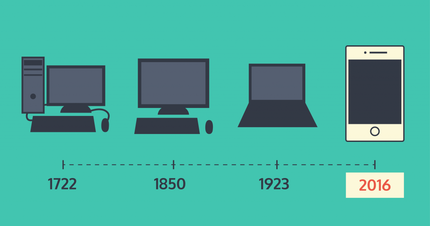On October 27th, Google rolled out the BERT algorithm update. Here are our major takeaways.
Getting familiar with the technical skills of your coworkers can feel daunting—but it’s really not. Luckily for you, I’ve itemized the ways I approach learning about digital marketing even though I don’t work directly with the subject. Check them out below and try incorporating these strategies into your own workflow.
If you’re an SEO analyst like me or you’re just savvy to the digital marketing world, you’re no stranger to the fact that Google has been quickly making huge changes to its search engine results page (SERP).
Let’s just pretend that the 2009 hit “Boom Boom Pow” by The Black Eyed Peas was really about desktop browsing. Truer words were never spoken by Fergie when it comes to your website. Desktop browsing is so 2000 and late.
Millennials. I figure by starting this post with this buzzword, people will be hooked. Countless articles discuss how the modern workplace is changing now that millennials will soon make up the majority of the workforce. According to Jacob Morgan, host of the Forbes podcast The Future of Work, millennials are expected to make up to 75% of the workforce by 2025.
Well, well, well. It’s the same old story. An update to the Google search engine results page (SERP) is inevitably accompanied by an industry-wide freak-out. On February 18th, Google eliminated all right-column ads and made four ads at the top of the SERP standard.
With more and more features updating Facebook and Twitter every few months, it’s clear that the platforms want to move far beyond their original missions. In fact, it seems as if both Facebook and Twitter are striving to become the one all-encompassing social media platform to end all platforms. And yet, by doing so, they’re becoming more and more similar to each other.






